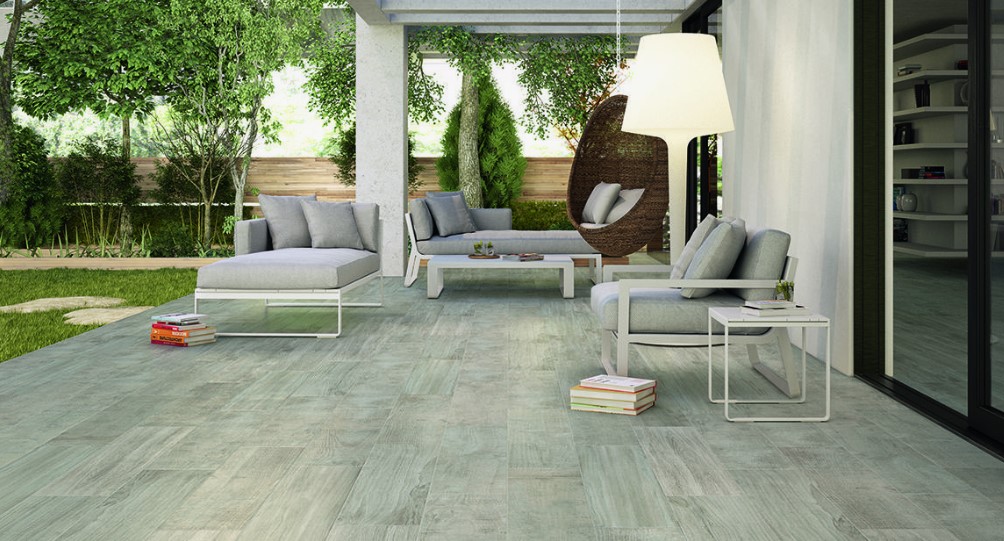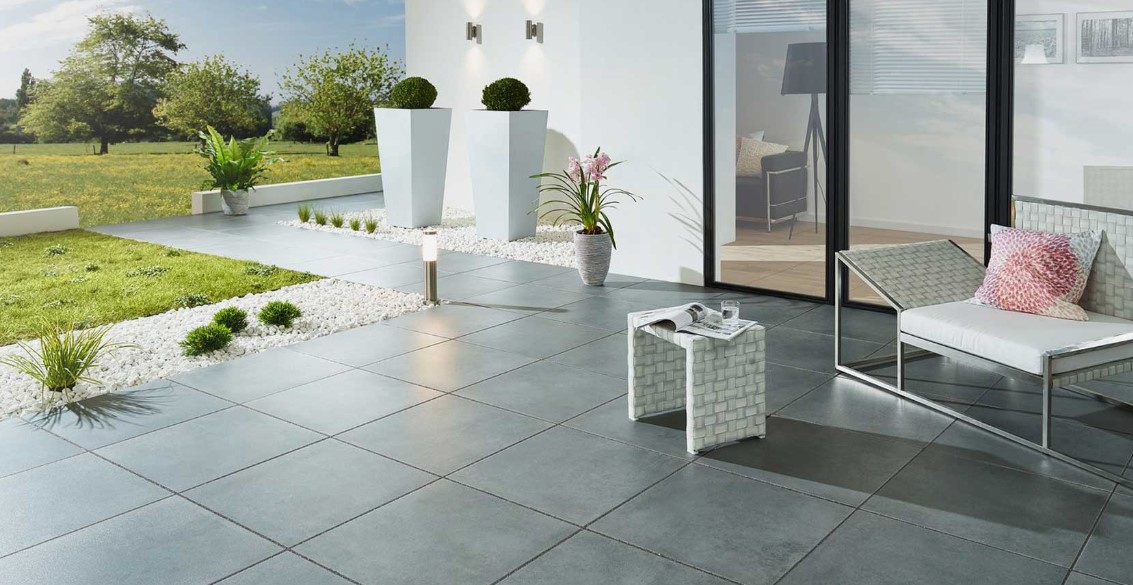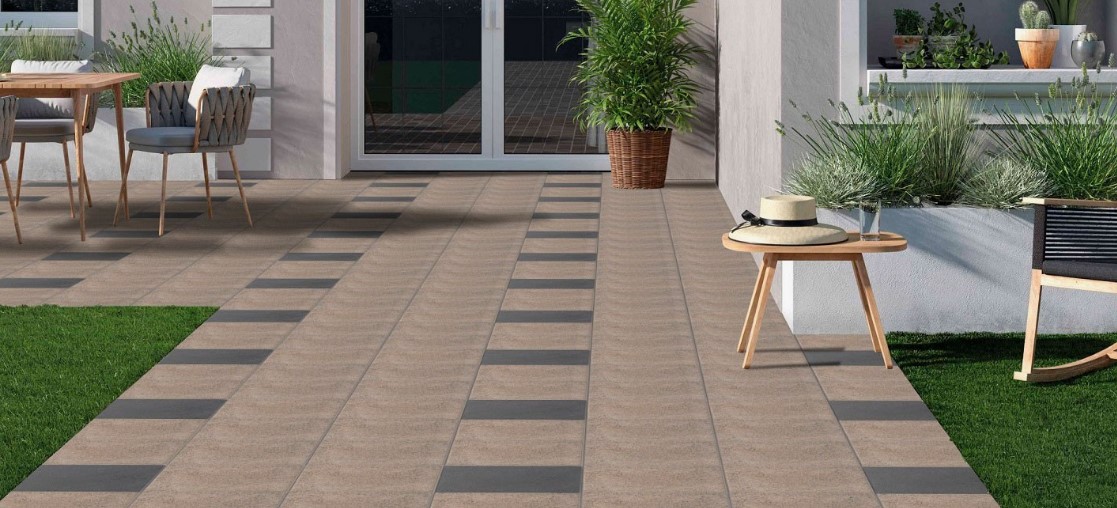
Outdoor tiles have transitioned from purely functional elements to vital components in modern art installations. In contemporary art settings, outdoor tiles contribute to both the visual appeal and structural integrity of artworks displayed in public spaces.
Evolution of Outdoor Tiles in Art
Historically, tiles have been used in public art and architecture to enhance both aesthetics and functionality. Over time, the application of outdoor tiles has evolved from practical uses, such as flooring and wall cladding, to integral parts of artistic expressions. This transition has been driven by advancements in tile manufacturing and a growing appreciation for their versatility in artistic contexts.
Early Examples of Tile Use in Art
Early examples of tile use in art can be seen in many Islamic architectural masterpieces, where intricate geometric patterns and vibrant colors are prominent. These designs have laid the foundation for contemporary artists who use tiles to create visually compelling art installations.
Characteristics of Outdoor Tiles in Art Installations
For art installations, outdoor tiles must possess certain characteristics to ensure they meet both aesthetic and practical requirements. Durability is crucial, as these installations are exposed to varying weather conditions. Tiles must withstand extreme temperatures, moisture, and physical impact.

Variety of Materials Used
A wide variety of materials are used for outdoor tiles, including ceramic, porcelain, stone, and glass. Each material offers different benefits: ceramic and porcelain are known for their durability and ease of maintenance, stone provides a natural and timeless look, and glass can add vibrant color and reflection.
Design Versatility
The versatility in design offered by outdoor tiles is significant. They come in numerous colors, patterns, textures, and finishes, allowing artists to create detailed and personalized works. This flexibility makes tiles suitable for both large-scale installations and intricate mosaics.
Techniques and Methods
Several techniques are employed to incorporate outdoor tiles into art installations. Mosaic techniques are widely used, where small pieces of tiles are arranged to create detailed patterns or images. This method allows for a high degree of customization and creativity.
3D Tile Applications
3D tile applications add depth and dimension to art pieces. By varying the thickness and placement of tiles, artists can create a sense of movement and texture that enhances the overall visual impact. Digital printing technology has also revolutionized tile art by allowing for precise and complex designs to be directly printed onto tiles.
Custom Designs and Collaborations
Custom designs are another innovative approach, enabling artists to work closely with tile manufacturers to produce unique pieces tailored to their artistic vision. These collaborations can result in tiles that are not only aesthetically pleasing but also structurally suitable for outdoor use.
Role of Artists and Designers
Artists and designers play a pivotal role in the integration of outdoor tiles into modern art installations. Their collaboration with tile manufacturers ensures that the artistic intent is preserved while meeting technical requirements. Influential artists in this field have pioneered the use of tiles in ways that challenge traditional boundaries and explore new artistic possibilities.

The Creative Process
The creative process involves meticulous planning and execution. Artists must consider the environmental context, durability requirements, and aesthetic goals when designing tile-based installations. This holistic approach ensures that the final piece is both visually impactful and sustainable.
Impact on Public Spaces
Outdoor tiles significantly enhance the aesthetic appeal and cultural significance of public spaces. Art installations featuring tiles can transform ordinary areas into vibrant, interactive environments that engage the public. These installations often become landmarks, contributing to the cultural identity of a community.
Promoting Community Engagement
Outdoor tile art also promotes community engagement. Public art installations encourage people to interact with their surroundings and can foster a sense of pride and ownership. Additionally, they can serve as educational tools, illustrating historical, cultural, or environmental themes.
Technical Challenges
Several challenges must be addressed when incorporating outdoor tiles into art installations. Technical challenges include ensuring proper installation, maintenance, and durability. Tiles must be securely fixed to withstand weather and wear, and regular maintenance is necessary to preserve their appearance and structural integrity.
Balancing Aesthetics with Practicality
Balancing aesthetics with practicality is crucial. While artistic expression is important, the installation must also be functional and safe for public interaction. This balance requires careful planning and execution.
Conclusion
Outdoor tiles play a vital role in modern art installations, offering a blend of aesthetic appeal and practical benefits. Their use in public art enhances the visual and cultural landscape, promoting community engagement and sustainability. By leveraging the unique properties of tiles, artists and designers can create enduring and impactful works that enrich public spaces.



There are no reviews yet.